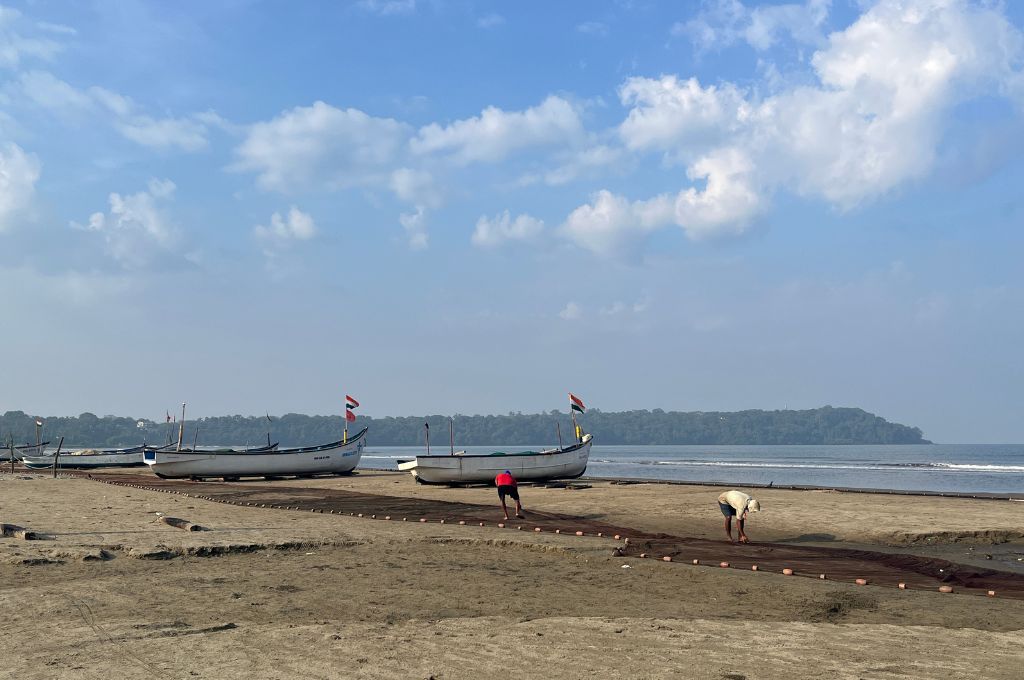READ THIS ARTICLE IN
Ram Mandir takes over community land in Rajasthan
In 2021, the Rajasthan government denotified a part of the Band Baretha Wildlife Sanctuary in Bharatpur district. The official reason was that those blocks of the sanctuary had degraded.
However, the area has since been mined for the pink sandstone required for the Ram temple in Ayodhya. To compensate for the lost land, forests in adjoining areas such as Masalpur tehsil in Karauli district have been notified to be included in the sanctuary.
Masalpur comprises nearly 100 villages, and most of the residents are livestock-rearing communities such as the Gujjars and the Meenas. These communities have been protecting the forests as orans (sacred groves), and depend on them for their livelihoods.
The situation is no better in Bharatpur, where mining activities are destroying the flora and fauna. People have been told that the mines will generate jobs for them, but they remain unconvinced. “If the owner is from outside—as is the labour that’s working in the mines—where will the jobs come from?” they ask.
Aman Singh is the founder of Krishi Avam Paristhitiki Vikas Sansthan (KRAPAVIS), a grassroots nonprofit in Rajasthan.
—
Know more: Learn why Jaisalmer’s farmers are unhappy with their solar plants.
Do more: Connect with the author at [email protected] to learn more about and support his work.



